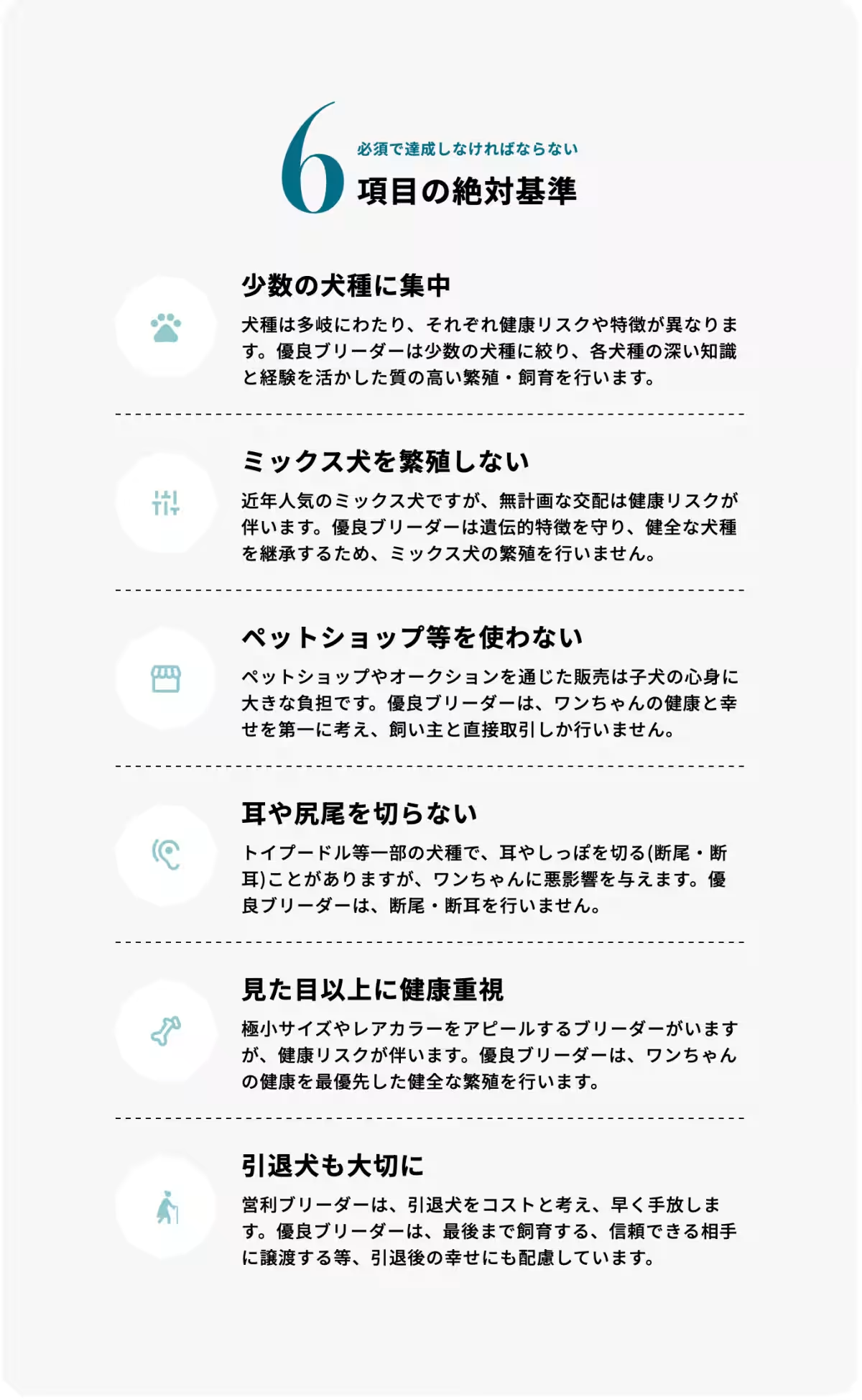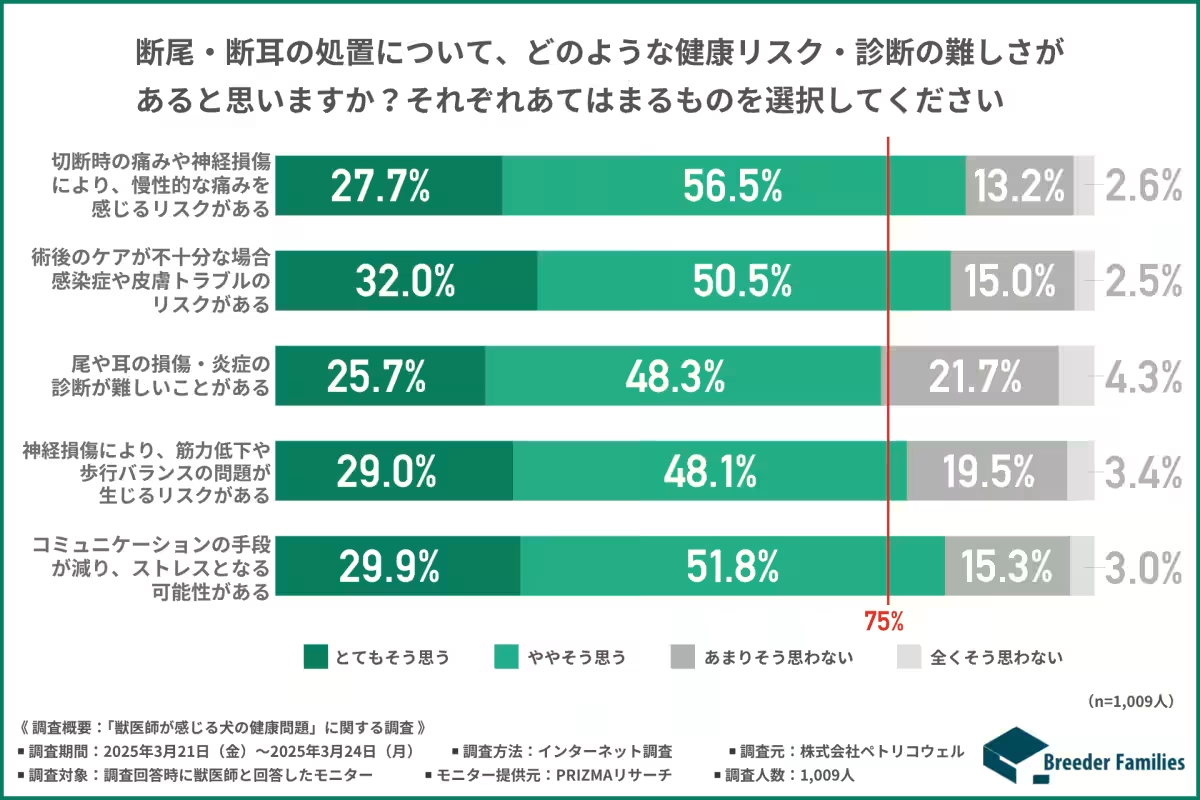

The Debate on Tail and Ear Docking: A Growing Concern in Veterinary Medicine
Introduction
In recent times, the topic of tail and ear docking in dogs has come under fire, with a significant number of veterinarians voicing their concerns against these practices. A recent survey conducted by Petricowell highlights that approximately 70% of veterinarians disapprove of tail and ear docking, practices that have traditionally been done for aesthetic reasons rather than health benefits.
Understanding Tail and Ear Docking
Tail docking refers to the surgical removal or shortening of a dog's tail, often performed shortly after birth. It is commonly misunderstood as a natural trait of certain breeds, especially small ones like the toy poodle. Ear docking, on the other hand, involves the surgical alteration of a dog's ears and is primarily aimed at making them stand upright, frequently executed on breeds like the miniature schnauzer.
Historically, these procedures were performed on working dogs to prevent injuries during their duties in herding or hunting. However, as the role of dogs has shifted predominantly towards companionship, such practices are now conducted primarily for aesthetic appeal. The disconnect between these traditional practices and modern perspectives raises critical questions regarding animal welfare.
Health Risks Associated with Docking
Veterinarians express significant concerns regarding the health risks associated with tail and ear docking. The survey revealed a startling indication that more than 75% of respondents acknowledged the potential for chronic pain or long-term neurological issues following such surgeries. Moreover, improper care post-surgery can lead to infections or complications, underscoring the imperative need for proper medical oversight during and after the procedures.
Another alarming finding relates to the social and communicative roles that tails and ears play in canine behavior. Dogs use their tails for balance and emotional expression. Severing these body parts can inhibit their ability to communicate effectively with other dogs and their human companions, leading to behavioral issues and increased stress levels.
Growing Movement against Docking
Globally, there is a noticeable shift towards banning tail and ear docking solely for aesthetic purposes. Many countries, particularly in Europe, have already enacted legislation to prohibit these practices, asserting that they contradict the principles of animal welfare. Countries like Germany, Sweden, and the UK have actively established legal barriers against docking practices in favor of natural appearances.
In contrast, Japan still lacks substantial regulation in this area, creating a notable gap compared to international standards. The Japan Kennel Club has shown some restrictions in dog show entries based on docking, yet many dogs are still subjected to these procedures under the guise of traditional aesthetics or breed standards. The commercial perspectives often reinforce this belief, especially in pet shops where docked breeds are preferred by consumers.
Insights from Veterinarians
The voices of veterinarians reveal a cautious stance towards the continued practices of tail and ear docking. When asked about their opinions on docking, a significant 69.4% expressed disapproval, highlighting a growing consensus among professionals. Many veterinarians are advocating for a reevaluation of these outdated practices, emphasizing the potential health and psychological risks that accompany them.
Dr. Shigeki Imamoto, a veterinary expert in genetics, echoed these sentiments, pointing out that surgeries performed for non-medical reasons tend to elevate risks. He stressed the need for careful deliberation before proceeding with any form of docking unless a clear medical necessity exists. His clinical experiences further illuminate the risks associated with improper procedures, describing that lack of expertise can lead to dire health consequences for the animals involved.
Public Perception and Awareness
Recent social media responses have shown a shocking revelation among pet owners about tail and ear docking. Many expressed their disbelief upon learning that these procedures are performed for cosmetic reasons, often without any medical justification. Comments such as, “I never knew my dog's tail was docked for aesthetics...” reveal a profound gap in public awareness.
Influencer campaigns and educational materials shared on platforms like Instagram garner thousands of views, showcasing the necessity of spreading awareness on such critical issues. The message is clear: the more people understand the implications behind tail and ear docking, the more likely there will be a push towards abolishing these practices entirely.
Conclusion
The ongoing dialogue concerning tail and ear docking marks a pivotal shift in the perception of animal welfare within veterinary medicine. With an overwhelming majority of veterinarians against these practices, it's evident that a collective desire exists to protect pets from unnecessary pain and to reshape public understanding. Initiatives like Breeder Families aim to bridge the knowledge gap, promoting ethical breeding practices oriented towards the welfare of dogs.
Moving forward, it is crucial for society to reevaluate long-standing norms that may compromise animal welfare. As awareness spreads and voices unite, we can hope for a future where the well-being of animals prevails over cosmetic preferences and outdated traditions. Let us advocate for change and prioritize the voices of those trained to care for and understand our beloved pets.












Topics People & Culture)










【About Using Articles】
You can freely use the title and article content by linking to the page where the article is posted.
※ Images cannot be used.
【About Links】
Links are free to use.